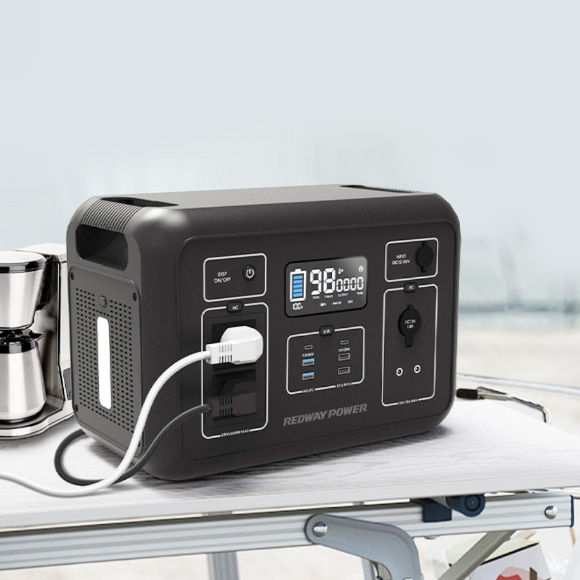Artists are no longer restricted to local markets or traditional galleries to sell and showcase their work in today’s digital world. The Internet has opened up a global market for digital artists. They can now reach clients all over the world. To compete in such an expansive and competitive market, you need more than talent and creativity. Digital artists must have effective strategies that streamline their processes, allow them to manage their interactions and drive sales. is a sales and marketing automation.
This article will examine how digital artists can use sales and marketing automation in order to increase their revenue, gain more clients and differentiate themselves from the competition on the online marketplace. Automating routine tasks and optimizing workflows allows artists to focus on their art, while technology takes care of business.
Understanding Sales and Marketing Automation
Sales and Marketing Automation is the use of software or tools to automate repetitive activities involved in attracting and engaging potential clients. It includes everything from social media management and email marketing to lead generation and CRM. Automating many aspects of an art business can be beneficial for digital artists. They are able to concentrate on their creative work without having to sacrifice revenue.
By using the best automation software artists can maintain and build relationships with their audiences, nurture potential customers, and optimize their sales funnel. Automation creates a seamless, personalized client experience that is essential for building trust in the highly competitive digital art market.
Benefits of Sales and Marketing Automation for Digital Artists
1. Boost your Efficiency and Save Time
Automating repetitive tasks gives digital artists more time to concentrate on their creative work. Artists can use automation tools to schedule emails, follow-ups and social media posts. This allows them to run their business smoothly, without having constant manual input.
Email marketing automation, for example, can automate the process of sending emails to clients or buyers. Artists can create automated email sequences to nurture leads, notify clients about new releases and offer personalized promotions – all without lifting a single finger. This allows artists to spend more time creating art, developing skills or planning their next project.
2. Improve Lead Nurturing & Client Engagement
Lead nurturing is essential to convert potential customers into paying clients. Sales and marketing automation helps maintain communication with prospects throughout their purchasing journey. Artists can use automated workflows to send targeted emails to clients based on their behavior and preferences. They can also track how they interact with the artist’s social media pages or website.
If a buyer has visited an artist’s website but not made a purchase, they can receive an automated email to remind them about the artwork that caught their eye, offer a discount, or provide additional information in order to guide them towards a purchase. Automation helps to build client relationships by keeping the artist’s artwork top of mind through timely and relevant communications.
3. Scalable Personalized Marketing
Digital artists can scale up their marketing without losing personalization by using automation. The best automation software allows artists to segment audiences based on criteria such as previous purchases or interest in specific types of artwork. This segmentation allows artists to send customized messages to each segment. They can ensure that potential clients are receiving content that resonates.
Artists can, for example, create unique email sequences to cater to the preferences of new subscribers, previous customers, VIP clients and past customers. This level of customization can improve engagement rates and lead to more sales.
4. Streamlining Sales Processes
Digital artists can streamline their sales process by using automation. Automation tools can take care of a lot of administrative work when selling art online. This will ensure that the whole sales process is efficient and error-free.
Customer relationship management (CRM) is a key component of sales automation. CRM systems enable artists to track client interactions, purchases and inquiries all in one place. These data can be used to personalize communications in the future, provide targeted promotions or improve customer service. Artists can improve the customer experience by automating and organizing the sales process. This will help them avoid common pitfalls such as missed follow-ups and forgotten payments.
5. Enhancing Social Media Marketing
Social media can be a great way for digital artists and designers to connect with their audience. Managing multiple social media profiles can be time consuming. The sales and marketing automation tools allow you to easily schedule posts, monitor engagement and analyze performance on various platforms such as Instagram, Twitter and Facebook.
By automating their social media posts, artists can maintain a consistent presence online even if they are busy with other projects. Automation tools are often equipped with analytics that allow artists to see which posts perform best. This allows them to fine-tune their strategy and focus their efforts on content that resonates well with their audience.
If an artist sees that behind-the scenes content or videos showing their creative process are the most engaging, they can use that data to create and schedule more of this type of content.
6. Increase Revenue through Upselling and Cross Selling
Upselling and cross-selling are two other ways that sales automation can increase revenue for digital artists. Automation tools are a great way to recommend additional products or complementary ones to customers, based on previous purchases or browsing behaviors.
If a client purchases a digital painting for example, an automated email follow-up can suggest a print version of the painting or another piece from the collection. These upsell and cross sell strategies can increase the average order and generate more revenue for the artist without any manual work.
7. Tracking Performance
The ability to track, analyze and report on performance is one of the biggest advantages of sales and marketing automation. Automation tools offer detailed analytics on metrics such as website traffic, email open rates, engagement with social media, and conversion rates.
Digital artists can optimize their marketing efforts and refine their strategy by identifying which strategies work and which require improvement. If, for example, an email campaign has high open rates but low rates of click-through, the artist may adjust the content or call-to action to increase engagement in future campaigns.
8. Building Long-Term Client Relationships
Digital art is not an exception. Successful businesses rely on building strong relationships with their clients. Marketing automation allows artists to stay in touch with clients after the initial sale, encouraging loyalty and repeat business.
You can use automated email sequences to send thank you notes, ask for feedback or update clients on new releases. Artists can also use automation to personalize experiences for VIP clients by offering exclusive content, early-access to new collections or special discounts. Artists can create a loyal client base by maintaining regular communication.
How to Choose the Best Automation Software for Digital Artists?
Choosing the best software for automation to run your digital art business is difficult. Here are a few key factors to take into consideration:
1. Ease Of Use
You should focus on your art as a digital artist and not learn complex software. You should look for tools that are intuitive and user-friendly, so you can set up campaigns and workflows with little effort.
2. Integration Capabilities
Make sure that your automation software is integrated with platforms such as the website, the e-commerce platform, the email marketing service, and the social media accounts. Integrating your systems seamlessly will ensure that they work efficiently and save you time.
3. Customization & Flexibility
Choose an automation tool with customization options that suit your business. The software should allow you to customize your workflow, whether it is creating personalized emails, setting up sales channels, or managing clients.
4. Cost and Scalability
Check the price of the software to see if it fits your budget. Many automation tools have tiered pricing depending on the number or features of users. This allows you to start out with a basic package and then scale up your plan as your business grows.
Conclusion
Sales and marketing automation can be a game changer for digital artists who want to increase their online revenue. Automating routine tasks, nurturing lead and optimizing the sales process allows artists to focus on their best skill – creating art – while letting automation take care of business.
Digital artists who have the right tools and strategy in place can increase their sales and build strong client relationships. They will also achieve long-term successes. By investing in the best automation software, you can streamline your workflow and improve your marketing efforts. This will ultimately lead to more revenue.







